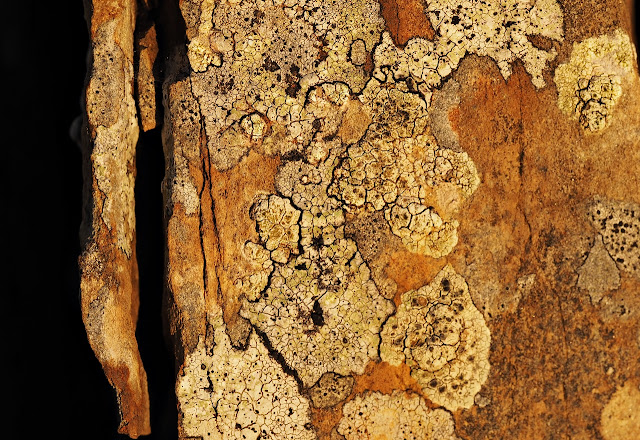Managed to get home for some decent light, although a bit contrasty. Works well for leaves.
Ash.
Needed to mess about with the software a bit for these Diptera. Nice to find Eristalis tenax which is not especially common here, I tend to find it in the autumn usually. On walls around the house and garden.
Eristalis tenax.
A large drone fly with a typically stubby abdomen, unlike E.pertinax and its droopy pointy ab, dark tarsi on the front legs, and the two lines of hairs across the eyes, one of which is clear in the second photo.
I think this large cranefly is Tipula rufina. It could be Tipula confusa but the dark line across the pleura should rule that out.
Tipula rufina (I think), confirmed.
A nice male Syrphus also on the wall. Eyes are hairless so not torvus, but I would need a specimen to split ribesii and vitripennis.
Male Syrphus vitripennis/ribesii.
Loads of these large Calliphoridae on the walls and trees. I was looking for Lucila species but the one or two I saw were too jumpy and I failed to get a photo.
No birds to speak of but the Greylags were nice against the evening light.
Not exactly what a macro lens is for....
Had to add these two, found in the pony water and identified tonight (well, up to a point).
Agonopterix heracliana/ciliella.Nimbus (Aphodius) contamniatus.
Both new species for me. The daily shared job of my checking the pony (usually in the late afternoon or early evening for me) does have its benefits.
























































